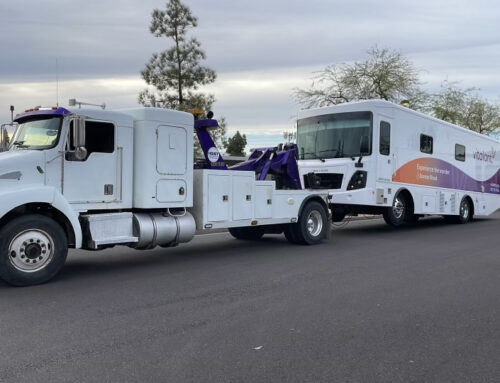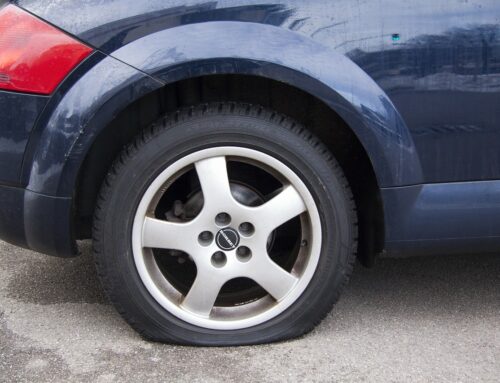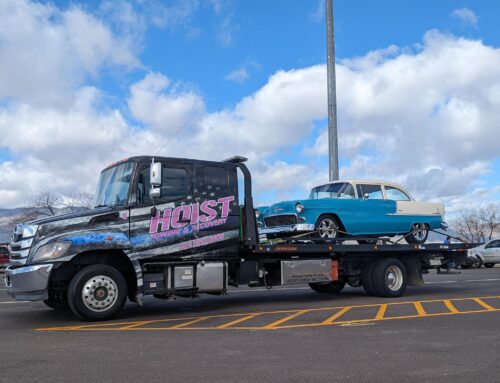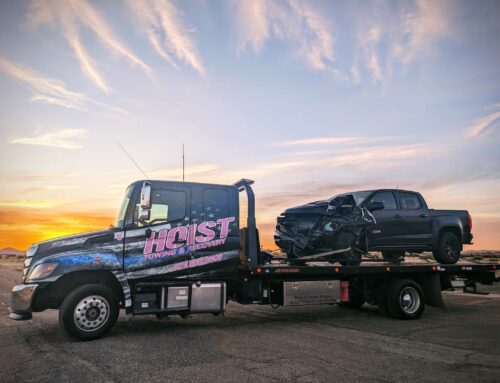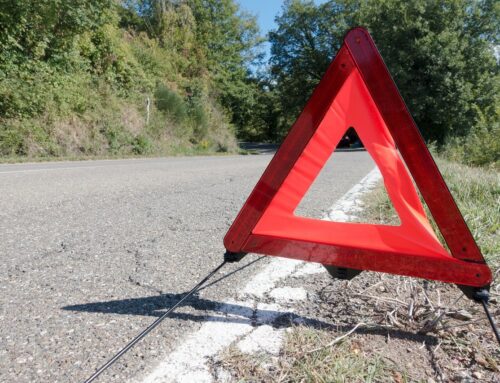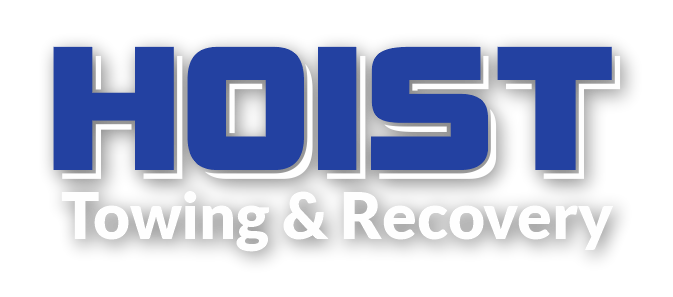Towing a Vehicle Safely: A Step-by-Step Guide for Roadside Assistance
It’s happened to the best of us, some of us more than others: pulling up to the mechanics to find out that our car just won’t start or has broken down after a long drive. Here at Hoist Towing and Recovery, we understand how stressful and overwhelming this situation can be. But don’t worry, we’ve got you covered!
We have put together this comprehensive, step-by-step guide on how to tow a vehicle safely, so you can be rescued from any roadside dilemmas without fail. So sit back, relax, and let us take you through the ins and outs of towing a vehicle.
Prepare for Towing a Vehicle
Before you can begin towing a vehicle, you must ensure that the towing vehicle is up to the task at hand. Ensure that the vehicle is in proper working order and has enough space both on the trailer as well as on the tow vehicle itself. Before starting a towing job, it is important to perform a pre-check to look for mechanical problems such as unusual noises or smoke coming from the engine.
The weight capacity of the towing vehicle should also be taken into consideration when towing a vehicle, as an overloaded towing vehicle may have reduced power and become difficult or dangerous to drive. Brakes may be installed if the trailer exceeds a certain weight threshold to comply with road safety regulations.
Checking all of the equipment before starting a job will help make sure that the tow vehicle is set up and ready to go.
Inspect Equipment and Ensure Safety
Now that you have prepared your tow vehicle for the challenge ahead, it is important to inspect the equipment and ensure safety before towing a car. Safety should always be the number one priority when attempting towing a vehicle. The first step to ensuring a reliable tow rope or strap is that it is in good working condition and strong enough for the car’s weight.
Inspect for weak spots and check for any signs of fraying or aging. Replace any defects or issues with a new one, and have good brakes and steering. Additionally, make sure the hitch has no excessive rust or damage and can successfully operate under the strain of towing.
Once everything passes the inspection, it is time to move on to the next step, which involves placing the strap and angling the car properly so that it can be towed safely and efficiently.
Place the Strap and Angle the Car
Once all safety precautions have been taken, you can begin towing the car. After starting the winch and attaching the bow shackle, it’s important to place the tow strap and angle the car so that it can be secured safely. Depending on the type of remedy being used for towing, there are a variety of ways that this can be achieved.
An adjustable strap with an angle attachment can help quickly and easily angle the car from its rear wheels when using a flatbed or dolly. Before using the rack, it is important to ensure proper weight distribution and adjust the winch until you have evenly spread out any excess weight. This will reduce any strain on your winch line and protect your vehicle onboard while in transit.
Following the completion of all safety precautions, you are prepared to adjust weight distribution in order to secure successful and safe transportation using your preferred tow truck or similar device.
Adjust Weight Distribution Before Towing
Before hooking up the towing strap, it’s important to make sure that the weight of the two cars is evenly distributed. If a vehicle is towed with an unequal distribution of weight, it can cause unsafe driving conditions and lead to an accident.
The most important details to ensure proper weight distribution for both cars are to place the heavier car in front of the other and set up the tow bar parallel to both cars. This will reduce any risks associated with towing and ensure that both cars have enough clearance and distance to feel stable.
After adjusting the weight, it is time to move on to following a guide for roadside assistance and taking all necessary precautions to ensure that the car is properly detached after being towed.
Follow a Guide for Safety Towing
When it comes to roadside assistance and safely towing a vehicle, it is essential to follow a guide for successful and safe results. Knowing how to safely adjust weight distribution before and during towing is important for the safety of both you, your vehicle, and the towing vehicle. Following a step-by-step guide for vehicular assistance can be beneficial in this instance.
Depending on the model of the tow gear or tow truck made by the manufacturer, it is important to follow the model-specific instructions, such as putting weights on the back of your tow vehicle if you need to.
It is also important to ask them what their safety procedures are so that you can ensure proper weight distribution before and during towing. Following a guide for safely towing a vehicle may not be necessary since “they know what they’re doing” without having read instructions beforehand.
In this field, it’s also important to be aware of possible risks or technicalities you don’t know about, since each situation can have different risks.
Reach Out to Hoist Towing If You Need Towing Services in Prescott, AZ, and Surrounding Areas
At Hoist Towing, we understand how stressful and frustrating it can be to be stranded on the side of the road. That is why we provide emergency towing services , seven days a week.
Our expert team is here to provide you with quick, efficient, and cost-effective towing services for any type of vehicle. Give us a call today 928-660-0606!


